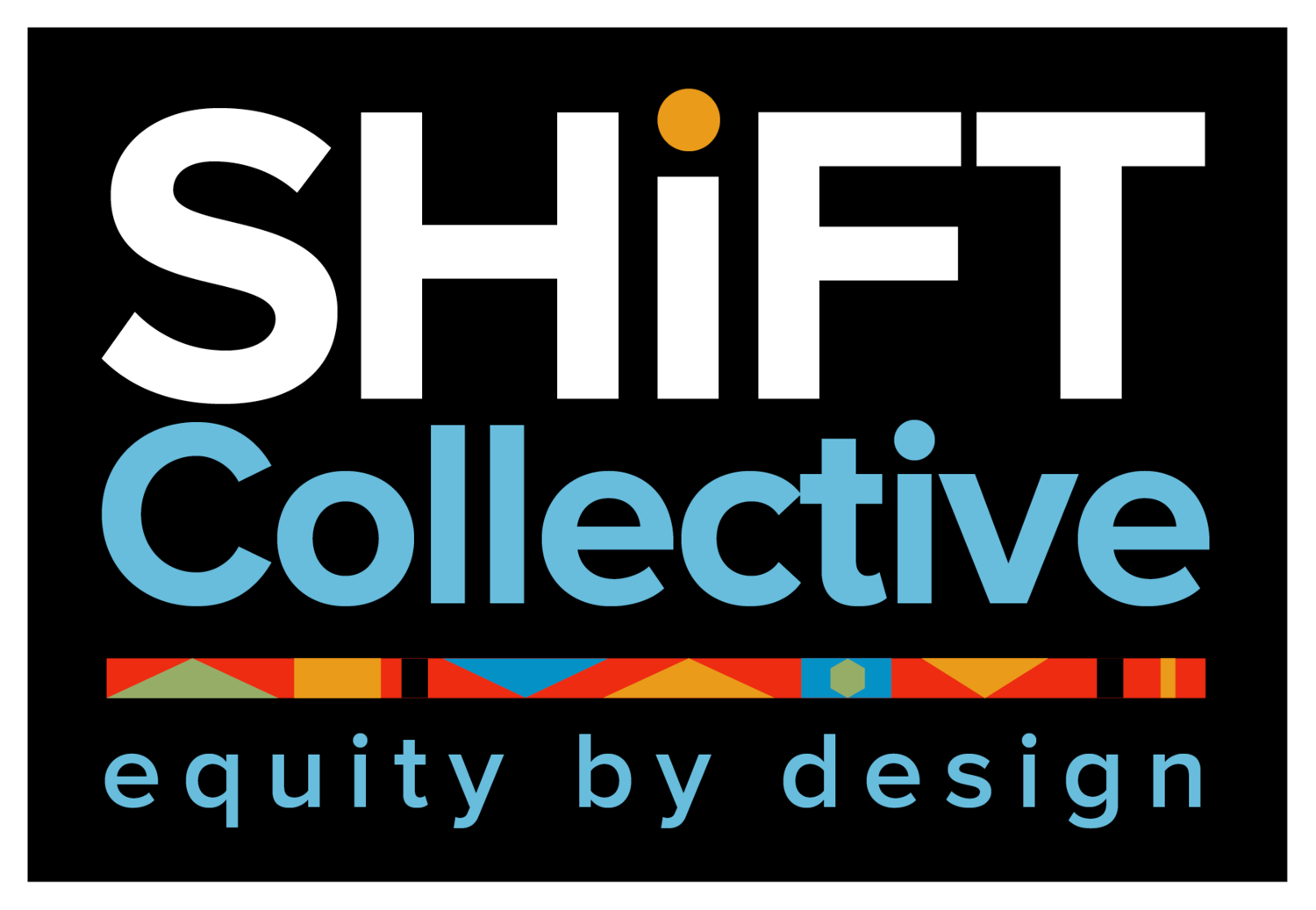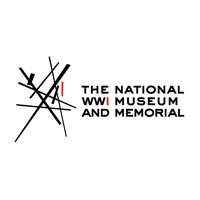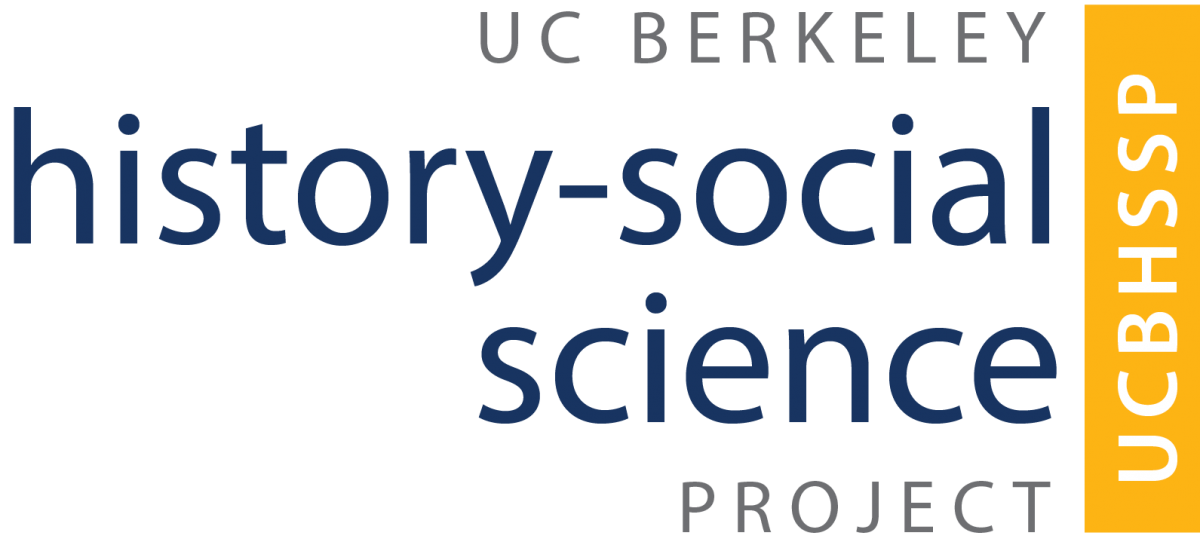
US National Archives Wartime Films Community Engagement
Providing community engagement strategy, pilot programming, and digital development to reach new audiences for the US National Archives and Records Administration
The Challenge
As part of an ambitious five year strategy launched in 2014, the United States National Archives and Records Administration (NARA) sought to increase meaningful engagement in the content they continue to make freely available at increasing scale. Funded by the generosity of an anonymous donor, the agency had the opportunity to digitize and remaster moving image archives related to WWI and WWII, as well as over 100,000 rarely seen photos from WWI.
“We will be known for cutting-edge delivery of extraordinary volumes of high-value government information and unprecedented engagement to bring greater meaning to the American experience.”
—NARA Strategic Plan February 2014
Our Approach
In support of this vision, we worked closely with NARA’s Office of Innovation to equip the agency to better understand their existing and target audiences, find ways to expand their reach, co-design pilot projects that worked across agency units for the first time, and co-design a public-facing app that would showcase their collections while also featuring content from other national agencies.
Stats and Impact
Identified nine target audiences and created design personas based on interviews with dozens of people
Based on these personas, created a prototype event to explore new types of deep engagement with National Archives content
Focusing on the centenary of the US participation in World War I, we designed an app that would focus on 3 of the 9 target audiences: middle and high school teachers, small museums that could freely reuse high resolution film content relevant to their communities, and digital humanities scholars and enthusiasts.
During the co-design process we worked with over 40 NARA staff members across multiple units, 30 teachers, and 17 museums.
In the end the project created 3.12m social media and direct marketing impressions, drew half a million unique views to the collections, over 3k app downloads, 200 teachers using the app in classrooms, and 6 museums using the app to complement their own exhibits and collections.
Tools & Methods
Project strategy, planning & design
Utilized Historypin platform and API
Community-Centered Design
Audience Analysis/Persona Development
Graphic design, user interaction and user interface design
Stand-alone mobile app development, with codebase published as open source
Evaluation, analytics & report writing
Partners
Additional Remembering WWI App Partners
Research
Download the full 2014 report on NARA user engagement, or contact us for more details
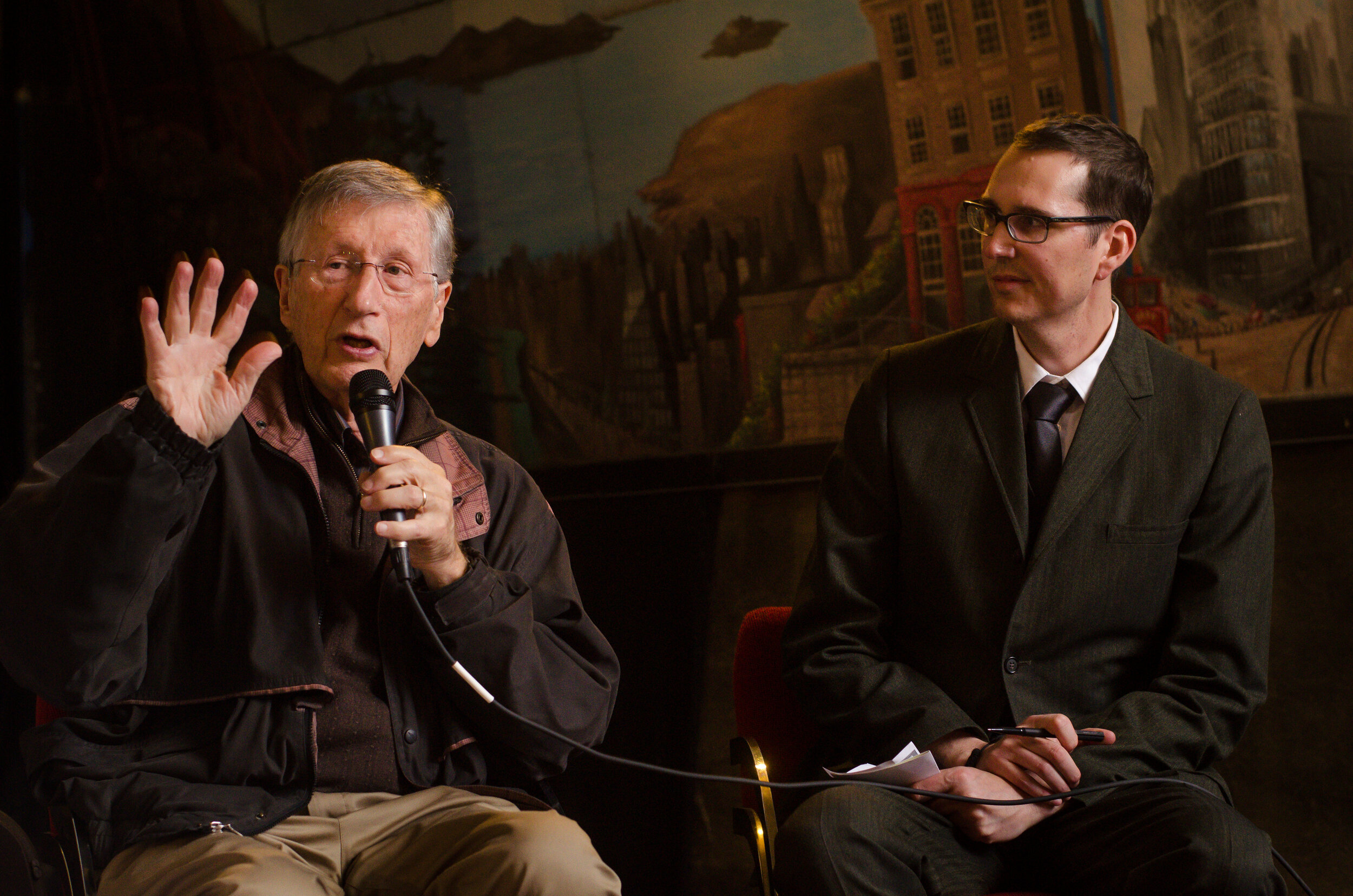
For the Homefront 1945 event, we replaced movie trailers with the actual news reels people would have seen in April 1945, and heard from area residents about their memories of wartime at home (2015).

Members of the public settle in for the main feature during the Homefront 1945 event (2015).

Students could work with teachers to explore and create WWI collections on a tablet app.

Participants in a summer teaching workshop help co-design the app at the National WWI Museum and Memorial (2016).
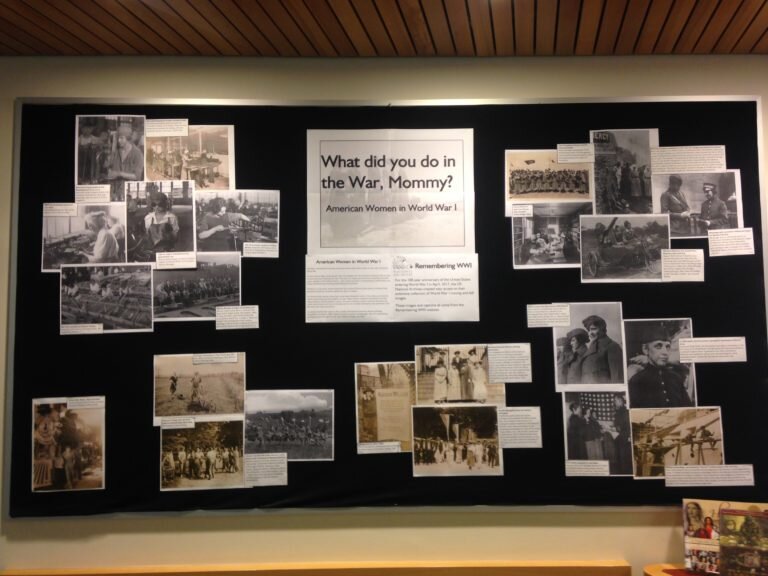
Hayley Beale, a school librarian in San Francisco, created this school exhibit highlighting content from the Remembering WWI app. The project encouraged the creative reuse of the WWI content, all of which is in the Public Domain and free to use without copyright restrictions.
The Columbus Museum in Georgia utilized the Remembering WWI app to engage their visitors in gallery tours and education programming. They created a collection on the app featuring Georgia citizens who participated in the war effort at home and abroad.

Teachers brainstorming on teaching guides for the app as part of a workshop at the UC Berkeley History-Social Science Project

Historypin Engagement Manager Kerri Young with Engagement Assistant Kierra Verdun after teacher co-design workshops at WWI Museum and Memorial (2016).
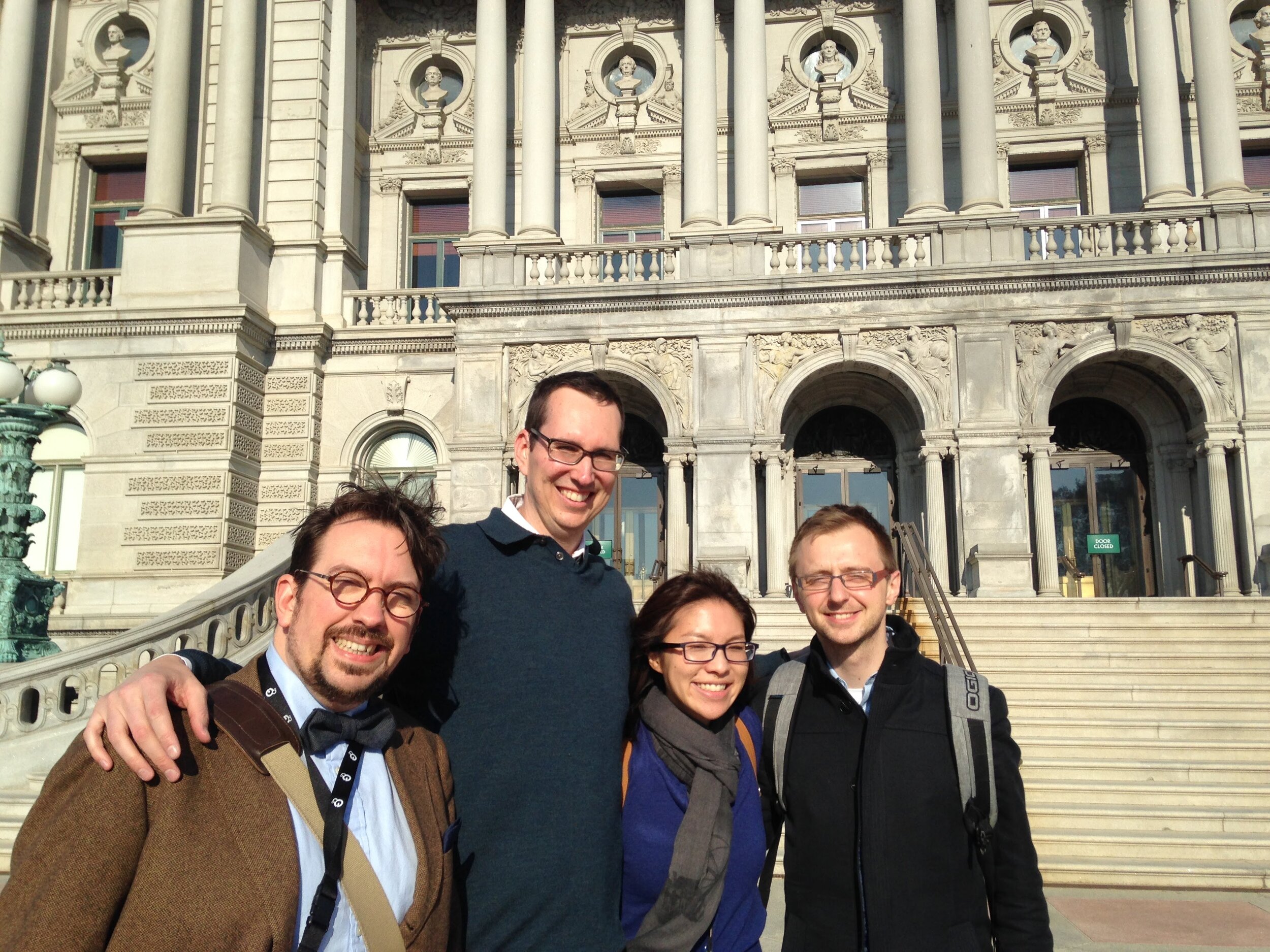
Some of the Historypin team behind the project after DPLA Fest (2016) in Washington DC: Breandán Knowlton, Jon Voss, Kerri Young, and Sašo Zagoranski.
